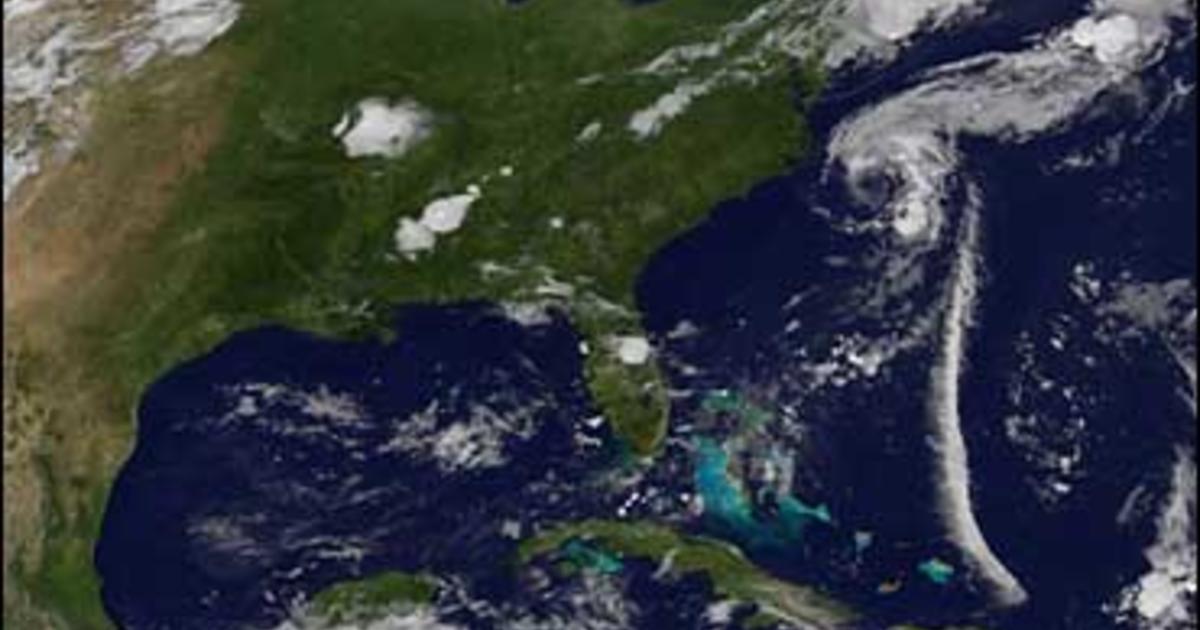Geographic Locations Associated with Beryl

Beryl, a mineral renowned for its exceptional beauty and diverse applications, is found in various geographic regions around the globe. Its presence is primarily attributed to specific geological conditions that favor its formation. Let’s delve into the key locations where beryl is commonly discovered and explore the geological factors contributing to its occurrence.
Beryl-Rich Regions, Where is beryl headed
Beryl is predominantly found in regions with pegmatite deposits, which are coarse-grained igneous rocks formed during the late stages of magma crystallization. These pegmatites often contain a variety of minerals, including beryl. Some of the notable regions known for beryl production include:
- Brazil: Minas Gerais, Bahia, and Goias states are renowned for their abundant beryl deposits, particularly the pegmatites of the Jequitinhonha Valley.
- Madagascar: The island nation of Madagascar is another significant producer of beryl, with major mining sites located in the Antsirabe and Ambositra regions.
- Colombia: The Muzo and Coscuez mines in Colombia are famous for their high-quality emeralds, a variety of beryl known for its exceptional green color.
- United States: Maine, California, and Colorado are among the states in the US with notable beryl deposits, primarily found in pegmatites.
- Russia: The Ural Mountains region in Russia is known for its beryl occurrences, with significant mining operations in the Sverdlovsk Oblast.
- Zambia: The gemstone-rich country of Zambia has beryl deposits in the Copperbelt region, particularly in the Kagem emerald mine.
Geological Factors
The formation of beryl is influenced by several geological factors, including:
- Pegmatite Formation: Beryl is primarily found in pegmatites, which are formed when magma cools slowly, allowing for the crystallization of large crystals. Pegmatites often contain pockets of minerals, including beryl.
- Magmatic Activity: Beryl formation is associated with magmatic activity, as the presence of certain elements like beryllium, aluminum, and silicon is crucial for its crystallization.
- Hydrothermal Alteration: Hydrothermal fluids, which are hot, water-rich solutions, can interact with existing rocks, leading to the formation of beryl crystals.
- Metamorphism: Beryl can also be formed during metamorphic processes, where existing rocks undergo changes in temperature and pressure, resulting in the recrystallization of minerals.
Economic Significance and Applications of Beryl

Where is beryl headed – Beryl is a mineral of great economic significance due to its unique properties and wide range of applications. Its value and demand are driven by its use in various industries, including jewelry, electronics, and industrial materials.
Jewelry
Beryl is renowned for its exceptional clarity and brilliance, making it a highly sought-after gemstone. The most valuable variety is emerald, a deep green gemstone that commands a premium price in the jewelry market. Other varieties, such as aquamarine, morganite, and heliodor, are also popular for their vibrant colors and durability.
Electronics
Beryl is an essential component in the production of electronic devices. It is used in capacitors, transistors, and other electronic components due to its excellent electrical properties. Beryllium, a metal extracted from beryl, is also used in alloys for aerospace and defense applications.
Industrial Materials
Beryl is used in a variety of industrial applications. It is added to glass and ceramics to enhance their strength and durability. Beryllium oxide is also used as a high-temperature refractory material in crucibles and furnaces.
Environmental and Ethical Considerations: Where Is Beryl Headed

Beryl mining and extraction can pose environmental concerns, such as land degradation, water pollution, and air pollution. It’s important to address these issues and promote sustainable practices to minimize the environmental impact.
Environmental Concerns
- Land degradation: Mining activities can disrupt ecosystems and alter landforms, leading to soil erosion and loss of biodiversity.
- Water pollution: Mining operations can release harmful chemicals and sediments into water sources, contaminating drinking water and aquatic habitats.
- Air pollution: Mining and processing beryl can release dust and other pollutants into the atmosphere, contributing to air quality issues.
Ethical Considerations
The sourcing and production of beryl also raise ethical concerns, including labor practices, human rights, and environmental justice.
- Labor practices: Beryl mining often involves low-paid and potentially hazardous working conditions, particularly in developing countries.
- Human rights: Mining operations can displace local communities, disrupt traditional livelihoods, and infringe on indigenous rights.
- Environmental justice: The negative environmental impacts of beryl mining can disproportionately affect marginalized communities living near mining sites.
Recommendations
To address these concerns, it’s essential to implement sustainable practices and promote responsible sourcing of beryl. This includes:
- Environmental regulations: Enforcing strict environmental regulations to minimize land degradation, water pollution, and air pollution.
- Responsible mining practices: Adopting sustainable mining techniques to reduce environmental impacts, such as land reclamation and water treatment.
- Fair labor practices: Ensuring that workers are treated fairly, paid decent wages, and provided with safe working conditions.
- Ethical sourcing: Promoting responsible sourcing practices that respect human rights, protect local communities, and minimize environmental damage.
By implementing these measures, we can ensure that beryl mining and production are conducted in a way that minimizes environmental and ethical concerns, while still meeting the demand for this valuable resource.
Beryl’s path has taken a southerly turn, leading it towards the Caribbean Sea. Among the potential landmasses in its path lies the beautiful island of Puerto Rico , a US territory renowned for its vibrant culture and stunning beaches. As Beryl continues its westward journey, it remains to be seen whether it will make landfall on Puerto Rico or pass it by, leaving the island’s fate uncertain for now.
Beryl, a Category 1 hurricane, is currently headed towards the Lesser Antilles. It is expected to strengthen as it moves over the warm waters of the Caribbean Sea. For more information on the hurricane, please visit barbados hurricane beryl.
Residents in the path of the storm are urged to take precautions and follow the instructions of local officials.